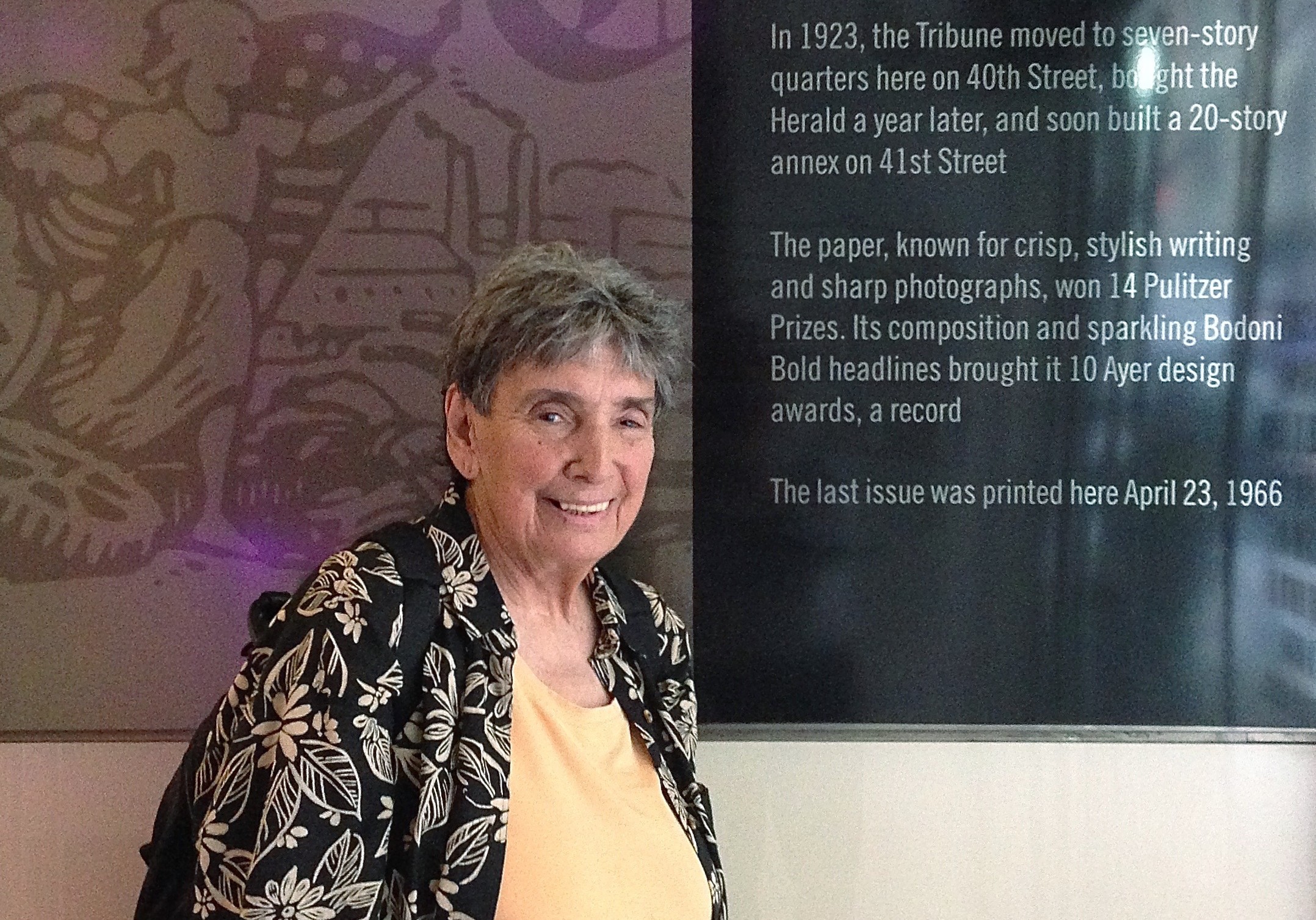Sign up for The Media Today, CJR’s daily newsletter.
Betsy Wade changed my life. If you’re a woman or a journalist or both, she changed yours, too.
Because of Betsy, who died earlier this month at ninety-one, women, including me, were hired, and advanced, at the New York Times, at wages equivalent to those paid to our male colleagues. Other newspapers around the country did likewise. Because of Betsy, the Times acknowledged “Ms.” as an honorific, or “courtesy title,” as the stylebook refers to the letters preceding a last name on second and subsequent references. It took until 1986, but finally the keepers of Times style deemed that marital status—indicated by “Miss” or “Mrs.”—no longer need be telegraphed in reference to a woman.
As Robert D. McFadden’s excellent Times obituary recounts, Betsy knew she wanted to work in newspapers from an early age and set about doing it. People in charge tried to send her to the “women’s pages,” which, when Betsy started out, covered the four f’s—food, fashion, furniture, and family. Instead, she made her way to the hard-news copy desks, the first woman to do so.
That was after she had been fired from the New York Herald Tribune when she let her bosses know that she was pregnant. She told me about that incident when she and I worked together in the 1990s in the Times’ Travel section, where she wrote a weekly column called the Practical Traveler. “When that happens to you, it sets your politics straight right fast,” she told me.
Women of every generation at the Times have fought their own versions of discrimination in the newsroom. But Betsy was the first, and her battle the riskiest. It’s Betsy’s name on the class action suit Elizabeth Boylan v. The New York Times, which she and six other plaintiffs brought in 1974 on behalf of more than five hundred women. (Her husband, James Boylan, founded CJR.) Four years later, just before the trial was to start, the case was settled. Betsy, who had been the foreign desk copy chief, was sent to a seat on the national copy desk. In 1978, she was elected president of the Newspaper Guild of New York—yet another first for a woman.
As for the use of “Ms.” in the paper, Betsy worked behind the scenes to change Times style, but her hand is unmistakable. The paper’s editor and publisher had both refused to make the change. Protests ensued. Reporters were embarrassed. As David W. Dunlap recounted in a Times article about that chapter of the paper’s history, the Women’s Caucus, of which Betsy was a member, suggested to Paula S. Kassell, a feminist writer who had offered to help, that she buy ten shares of the paper’s stock, attend a shareholders’ meeting, and bring up the issue to the board of directors. Shortly after she’d done so, the publisher wrote to Kassell to say the style had been changed. Gloria Steinem, who had launched Ms. magazine more than a dozen years earlier, brought flowers to the newsroom.
Betsy was immensely collegial. She would be the first to point out that she was not alone in these battles for equal treatment for women, and the first to credit her colleagues. When the news spread that she had died, story after story was told of her legion acts of generosity, from a consoling squeeze of an arm to a copy boy or girl—as they used to be known—who’d suffered public wrath from a boss, to an offer to cosign a colleague’s mortgage. She relished the teamwork it took to put out the paper and made it her business to welcome the rest of us to the team.
After she died, I came upon a 2013 interview with Betsy. In it, she mentions that she worked a Sunday–Thursday schedule, which enabled her to attend her sons’ basketball games on Friday afternoons. On November 22, 1963—a Friday—she saw the news of Kennedy’s assassination on a TV in a shop window, called the slot, and headed straight to the newsroom. That, of course, was not a surprise; any of us would have done the same. What I marveled at: Betsy had dared to tell her bosses that getting to her kids’ sports events was important—all the way back in 1963.
ICYMI: Financial news has been for finance guys. That has to change.
Has America ever needed a media defender more than now? Help us by joining CJR today.



